The Equiband® system is recommended for initial daily use, however, the goal of the system is to reduce use over time to one to two sessions per week as the horse learns to maintain his own core muscular strength. The Equiband® system recruits muscles that many horses do not normally use. To avoid fatigue and muscle soreness, the system must be used for short periods of time with regular walk/rest breaks during the session. Duration of use can be increased gradually as the musculature strengthens. It is known that neuromuscular adaptation to new exercise takes from four to six weeks, and it takes up to three months to gain full strengthen and condition. Once the horse is fully conditioned, use of the Equiband® system can be tapered down to weekly or biweekly use for maintenance of core strength and control. Individual results may vary and if any gait irregularity is noted, use of the Equiband® system must be ceased immediately and veterinary attention is advised.
The Equiband® system consists of a saddlepad and two separate lengths of Equiband® that are attached to the saddlepad. The saddlepad is available in Pony, Small, Regular, Large and Western sizes. The saddlepad is made up of a wool/felt mix and is machine-washable. It is ergonomically shaped to prevent any restriction in the wither or lower back regions. The clips that attach Equiband® to the saddlepad are designed for durability and safety. The saddle pad is designed for use with jumping, dressage and western saddles.
What is the Equiband® System?
The Equiband® itself is made of latex-free rubber, specifically designed for use on horses. The Equiband® system uses either one or both bands on the horse; one shorter band attaches the left side of the saddle pad to the right, passing under the abdomen (abdominal band or AB). The band sits well behind the rider’s leg. Its function is to stimulate the abdominal musculature during locomotion. The abdominal musculature supports the horse’s back. The position of this band is especially indicated for horses that have recovered from a colic surgery, have poor (inverted) posture and in clinical cases such as diagnosed conditions of the back including ‘kissing spines’.
The second and longer Equiband® attaches at an oblique angle from the left side of the saddle pad to the right, passing under the tail behind the horse’s hindquarters (hindquarter band or HQ). It will settle in the point of least resistance, above the hock and just below the level of the stifle. Its function is to make the horse aware of the position of his hind limbs in locomotion and to enhance proprioception. The position of this band is especially indicated for horses with asymmetrical hind limb movement, poor engagement and poor development of major muscle groups such as biceps femoris (which is associated with movement) as well as horses recovering from diagnosed musculoskeletal or neurological (EPM) conditions.
The two lengths of Equiband® are delivered pre-threaded but will need to be adjusted for each horse as per instructions below. If the bands are only used on one horse it is advisable to trim the ends of the band with scissors after fitting and adjustment. If the band is used on multiple horses the fit and adjustment needs to be checked prior to use. Additional bands may also be purchased through the Equicore office.
Your Equiband® system comes complete with saddle pad, two pre-threaded sets of Equiband® (two shorter abdominal bands and two longer hindquarter bands), as well as a tape measure and user guide. For safety, it is essential to follow the guide on how to fit and use the Equiband® system.
How to Fit and Use the Equiband® System


1. Desensitize the Horse to the Touch of Equiband®
Gently rub Equiband® across the horse?s abdominal and hindquarter regions on both sides, and under the tail.


2. Fit the First Band
For this stage, have a helper present. Fit the Equiband® slowly and carefully, with sufficient tension to not hang loose. Handwalk, jog and lunge the horse. Even sensitive horses will rapidly accustom to the sensation of Equiband®. Some horses will show more difference in back flexion with the abdominal band, and others will be more reactive to band around the hindquarters. To start, apply only one band at a time and repeat the same process when introducing the horse to a second band.


3. Adjust the Band for Optimal Tension
Adjust the tension of the band prior to mounting. Equiband® is delivered pre-threaded and is adjusted by shortening or lengthening the band below the safety clip band through the triglides (below the safety clips) that attach the band to the saddle pad. Excess can be trimmed using scissors.
To adjust for ideal tension, take the band to full stretch and reduce it to less than 50% stretch, which is an optimal tension for use of Equiband®. Using the tape measure supplied, measure the distance between the two clips on the pad (between left and right sides: either along the hindquarter region or under the abdomen). The clips on the actual band can then be measured at no more than 50% or half of the distance apart. For example, if the distance between the two clips on the pad (left to right side) is 1.00m, the clips on the band should be no less than 50cm apart. Excess tension will inhibit movement.


4. Hand jog and/or Lunge the Horse Prior to Mounting
Before mounting, handjog and trot or lunge the horse. Have a helper present when mounting the horse for the first time after fitting Equiband®. Allow the horse to accustom to the feeling of Equiband® at walk before moving into trot or canter.
5. Adding or Adjusting Equiband®
To add or swop to second band repeat steps 1 and 2. Only fit Equiband® without the rider on the horse. Always dismount when adding or swopping Equiband® and have a helper present until the horse is fully accustomed to use of the Equiband® system.
The Equiband® system is intended for in-hand work, and during lungeing and riding. Use the Equiband® system at the start of a workout graduating to use for a full session. Ensure that the horse receives regular breaks as the increased engagement of the core musculature will cause earlier fatigue in work. If the horse appears unlevel with use of the Equiband® system, cease use immediately and seek veterinary evaluation and/or advice. Use Equiband® from the start of work, emphasizing transitions between and within gaits. Reduce full riding time by half as increased core muscle engagement may cause fatigue.
Guide to fitting of the Equiband® system: a user-friendly video courtesy of The Horse Physio, one of our UK Equiband system distributors!
Notes from Equicore Concepts:
If the abdominal band slips back or if the hindquarter band rides up, check the tension – it is often too loose. For optimal postural fit, ask for an abdominal lift when fitting the abdominal band, and ensure that the horse is standing under itself with the hind legs when fitting the hindquarter band.
Always use the band system at the start of a workout, and remove the bands if necessary. Do not add the bands after warm-up or during a riding/training session: this defeats the objects of neuromuscular stimulation. Neuromuscular activation is best achieved at the start of a session, particularly during the warm-up phase. We recommend use of the abdominal band before adding the hindquarter band.
Safety Precautions:
- Prior to use, Equiband® must be securely attached to the saddle pad via the safety clips and triglides
- Always ensure that each Equiband® is unclipped on both sides prior to loosening the surcingle or girth after work
- Examine Equiband® before each use, checking for tears or punctures that may cause the band to break.
- If the band appears flawed, cease use and discard immediatelyStore Equiband® away from direct sun and extreme heat or cold, in a dry area and away from sharp objects
- Avoid the use of sharp spurs directly over Equiband® – blunt spurs can be used, but rider leg position must be checked to ensure that there is no direct interference with the
- Abdominal band.
- Only use soap and water to clean Equiband?. Do not use any petroleum-based products for cleaning.
- Allow Equiband® to dry completely before storage and re-use.
- Do not use with fly spray as some brands may affect band integrity.
- Equiband® will need to be replaced periodically. A spare band is provided with the full Equiband® system and additional band can be ordered here.
WARNING
Equiband® should only be incorporated into ridden work when the horse is fully accustomed to the feeling of Equiband® (as outlined in the user guide). Carefully check the tension as over- or undertension of Equiband® will not promote the desired core strengthening effect.
Failure to take due care may lead to serious accidents or injury. Always wear a helmet when riding with the Equiband® system. Equiband® is not for use on horses with an undiagnosed lameness or clinical condition. When in doubt, veterinary advice must be sought.
DISCLAIMER
Neither Equicore Concepts® nor any authorized distributor or retailer of the Equiband® system will be held liable for any personal accident, injury or damage resulting from the use of the Equiband® system. Full responsibility lies with the individual who chooses to use the Equiband® system for the horse under his or her care.
CARE OF YOUR EQUIBAND® SYSTEM
For optimal care of your saddle pad, Equicore Concepts® suggests delicate wash in cool water, with low tumble dry or air drying after washing.
The Equiband® bands can be washed with petroleum-free soap, and left to air-dry.
Do not leave bands exposed to full sun/extreme cold.
Do not use fly spray over the bands or over any area where the bands are in direct contact with the horse.
For best storage, roll (do not fold) the bands.











